This article was co-authored by Claudia Carberry, RD, MS. Claudia Carberry is a Registered Dietitian specializing in kidney transplants and counseling patients for weight loss at the University of Arkansas for Medical Sciences. She is a member of the Arkansas Academy of Nutrition and Dietetics. Claudia received her MS in Nutrition from the University of Tennessee Knoxville in 2010.
There are 13 references cited in this article, which can be found at the bottom of the page.
This article has been viewed 30,398 times.
Teenage years can be a stressful time. Figuring out friends, getting through classes, arguing with parents, there’s a lot to deal with. On top of that your body is constantly changing, getting taller, curvier, broader. Questionable school lunches and late night milkshakes with friends can make it tricky to stay healthy. While you may not feel the consequences of an unhealthy lifestyle right now, your teenage years are a crucial time to form lifelong healthy habits.[1] The way you learn to treat your body as a teenager can help you grow, physically and mentally, and set you up for a positive lifestyle in the future.
Steps
Fueling Your Body
-
1Eat breakfast. Think about it like this, when a car needs gas you stop to fuel up. That way you can continue driving instead of breaking down in the middle of the road. Your body is just the same. Each morning you need to refill your body so it can make it through the day. Consider some simple options for a well rounded breakfast to start your day.[2]
- Whole grain cereal with fruit. Sugary or chocolate covered cereals seem fun and tasty, but to really fuel your body you need a cereal high in fiber, not sugar. It's a good idea to choose a cereal that has at least 5 grams of fiber per serving. Top it with a banana or strawberries for a natural sweetener.
- Peanut butter toast. You can make it in one minute and eat it on the go. The protein in the peanut butter will help keep you full all morning. Just make sure to eat whole wheat or a multigrain bread for added fiber.
- Make a smoothie. If you’re not big on eating breakfast, consider drinking it. Blend .75 cups (0.18 l) plain yogurt, 1 cup (0.24 l) of fruit, and 1 cup (0.24 l) of milk.
-
2Remember your fruits and veggies. It’s hard to admit it as a teenager, but your mom was right. Fruits and vegetables are full of vitamins and minerals that your body needs to grow. School lunches turn you off to broccoli? Not a problem. There is a multitude of fruits and veggies available, with just as many ways to cook them.[3]
- Mix fruit with yogurt or a smoothie for natural sugars.
- Top a sandwich with apple or cucumber slices for an added crunch.
- Roast veggies as chip alternatives.
Advertisement -
3Find healthy fats. The right kinds of fat, like monounsaturated and polyunsaturated, can help energize your body and absorb vitamins. Too much of the unhealthy, saturated fat puts you at an increased risk of heart disease. Try including these foods in your diet to increase your healthy fat intake.[4]
- Nuts. All nuts are comparable in terms of protein and calories, so eat whatever you like best! Take a handful to snack on, or finely chop some to add to salads. Just be sure to avoid nuts that have been roasted in oil and heavily salted. You also want to make sure you measure out a serving size rather than snacking freely, as nuts can quickly add up and lead to weight gain.[5]
- Eggs. There are many ways to cook eggs, and are good for more than just breakfast! Fry, scramble, or make an omelet to start your day, or hard boil them to eat as a snack or topped on a salad.
- Avocados. Spread avocados on toast, add it to a sandwich, or mash it up for guacamole. Avocados can be a creamy substitute for alternative fats in other recipes as well![6] However, you should limit yourself to 1/2 an avocado or less per day, as they are high calorie.
-
4Cook lean protein. Giving your body enough protein is what helps keep your heart and brain healthy, as well as helping your body build muscles. Protein is found in chicken, beef, cheese, fish, nuts, and soy products. Just try to avoid less healthy options, like cheeseburgers and fried chicken, and more lean protein, such as fish and grilled chicken.
-
5Switch simple for complex carbohydrates. Many teenagers worry about eating carbs because they’ve heard they’re “bad,” when actually carbs are what gives your body the most energy. So while you don’t want to eliminate them from you diet, you do want to make smart choices.[7]
- Choose bread that is high in fiber, 2-3 g per slice.
- Eat whole wheat over white bread. Whole wheat bread is less processed than white bread, and contains more of the grain’s natural vitamins and minerals for your body.
- Substitute quinoa for rice. Both grains make excellent side dishes, or stir-fry bases. However, while rice has little nutritional value, quinoa is high in protein and packed with nutrients.[8]
-
6Ignore fad diets. The word “diet” has become synonymous with an extremely restrictive meal plan.The Atkins diet, grapefruit diet, South Beach diet, they all require you to give up an important part of balanced eating. In order to have a healthy body, your daily “diet” should be a combination of fruits, vegetables, whole grains, lean protein, and dairy.
Hydrating Your Body
-
1Drink water. Drink at least 6-8 glasses of water a day, you will notice a big difference in how you feel and how you look. It can be hard to drink enough between classes, so check your school rules and carry around a water bottle with you if allowed. Challenge yourself to drink one bottle in the morning and another in the afternoon.
-
2Avoid sodas and energy drinks. Late nights studying and playing games make sodas and energy drinks a tempting choice when your alarm goes off at 6:30.
- Sodas contain aspartame which is like drinking rocket fuel, and it takes 50 minutes running to burn the calories in a regular soda![9]
- Diet sodas contain artificial sweeteners. These confuse your body, making you store fat and potentially leading to weight gain.[10]
- Energy drinks are filled with added stimulants that your body doesn’t need and is a contributing factor in insomnia and anxiety.
-
3Choose sports drinks wisely. If you’re playing a sport or you're an active person, you may want to hydrate with something more than water. However, it’s important to read labels because many sports drinks are unnecessarily high in calories or sodium.
- There should be around 15 g of sugar for an 8 ounces (230 g) bottle.
- No more than 170 mg of sodium for an 8 ounces (230 g) bottle.
- If your workout is less than 60 minutes there is no additional benefits your body will get from the sports drink compared to water.
-
4Limit caffeine. Caffeine is a stimulant, which means it’s going to give you an energy kick-start if you drink it. While that may seem like a positive, there are many negative side effects of caffeine, especially for teenagers. It can increase anxiety, irritability, headaches, or insomnia.[11] That doesn’t mean you have to stop hanging out in your local coffee shop or give up your favorite Frappuccino, just limit your intake or as for it in decaf!
Working Out
-
1Find a workout routine that fits your life. Because your body is still growing and changing, working out regularly can be beneficial in building strong bones and maintaining a healthy weight. A well rounded workout plan includes cardio, weights, and stretching. Ask a trainer at your school or a local gym to get a plan that’s right for your body.[12]
- Join a sports team at school. If you’re motivated by group activities and need an extra push to workout than joining a school team could be a good way to exercise regularly.
- Get a workout video. If you have a busy, changing schedule than workout videos could be a great option. You can complete them at any time and in the comfort of your own room.
- Join a gym. Many gyms gives discounts for students, and offer a variety of classes and weight room.
-
2Find a workout buddy. Whether it’s your best friend, sibling, or friend from math class, having someone you workout with can be a great motivator. It can create some healthy competition and have someone hold you accountable for regular workouts.
-
3Set goals. Once you establish a workout routine that you like, start setting short and long term goals. If you can only do 3 push-ups, set a goal to double that by the end of the month. Keep a journal to record your progress so you can look back and remind yourself how far you’ve come! Good luck!
Staying Positive
-
1Ignore your friend’s bodies. Just like you, your friend’s body is also constantly changing. But that doesn’t mean it will change in the same way or the same rate. Don’t worry if your friend wears a bra before you or if you’re the only one of your friends with facial hair. Maturity happens at different times for everyone and there’s nothing wrong with that! You’ll all get there eventually and worrying about it won’t speed up or slow down your body.
-
2Remember you’re more than your physical appearance. Having a healthy self-image is part of having a healthy body, and it’s easy to get caught up on your physical image.
- Make a list of what you like about yourself beyond your body. Do you ace math tests? Have an awesome slam dunk? Run the student newspaper? Write it down and tape the list to your mirror.[13]
- Cut out pictures of positive body role models. Whether it’s a celebrity that promotes healthy eating or your aunt that competes in triathlons, surround yourself with reminders of what healthy living looks like.
-
3Focus on the positive. Everyone has aspects of their body they want to change, but usually what we see as glaring issues others don’t even notice! Find at least one part of your body you like and work on accentuating it for a confidence boost.
-
4Surround yourself with healthy people. We tend to mimic the habits of the people we spend the most time with. So if all of your friends are constantly talking negatively about their bodies, it will be hard for you to stay positive. Your friends are your support group, so help each other lead healthy lives![14]
- Instead of spending time staring at models in magazines with your friends, go for a walk or learn to cook together!
- When trying on clothes with friends, change the conversation from “Do I look fat?” to “What does this outfit do for me?”
Warnings
- Don't look at yourself too closely, remember you're still changing!⧼thumbs_response⧽
- Don’t stress too much about eating “perfectly.” Think about everything in moderation! Enjoy a juicy burger and milkshake one day, but toss a colorful salad with chicken the next.⧼thumbs_response⧽
- Always have supervision when working out. Proper form and technique is just as important as getting to the gym.⧼thumbs_response⧽
References
- ↑ http://www.huffingtonpost.com/2012/12/08/health-tips-20-healthy-ha_n_2258099.html
- ↑ http://kidshealth.org/en/teens/healthy-breakfasts.html
- ↑ http://www.huffingtonpost.com/ashley-koff/teen-angst-why-do-i-have_b_415032.html
- ↑ http://health.usnews.com/health-news/health-wellness/articles/2016-01-05/teens-your-brain-needs-real-food
- ↑ http://www.health.com/health/gallery/0,,20585485,00.html#best-nuts-for-your-diet-0
- ↑ http://www.californiaavocado.com/nutrition/smart-substitutions
- ↑ https://www.psychologytoday.com/blog/teen-angst/201305/over-caffeinated-teens
- ↑ https://share.upmc.com/2018/04/quinoa-vs-brown-rice-nutrition/
- ↑ http://www.medicaldaily.com/teen-soda-drinkers-make-healthier-choices-when-they-know-how-many-miles-run-burn-it-307261
- ↑ http://www.health.com/health/gallery/0,,20739512,00.html
- ↑ https://www.psychologytoday.com/blog/teen-angst/201305/over-caffeinated-teens
- ↑ http://kidshealth.org/en/teens/strength-training.html
- ↑ http://www.safeteens.org/mind-body/body-image/
- ↑ http://www.pamf.org/teen/life/bodyimage/healthyimage.html
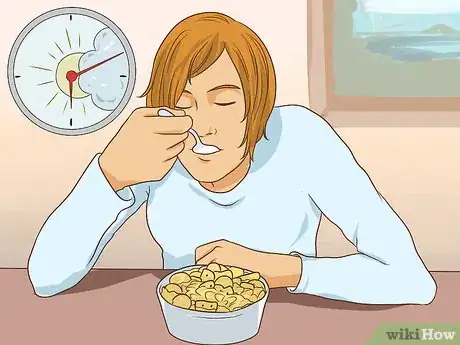

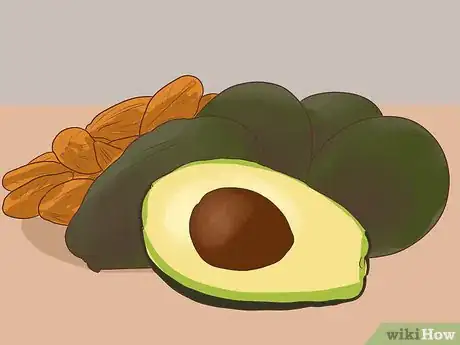
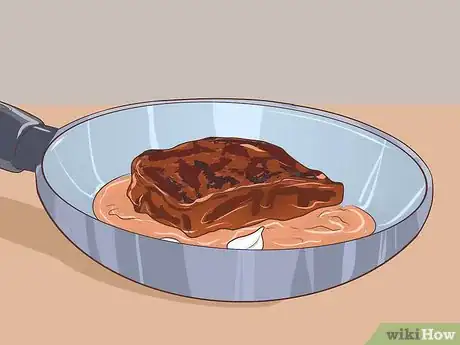
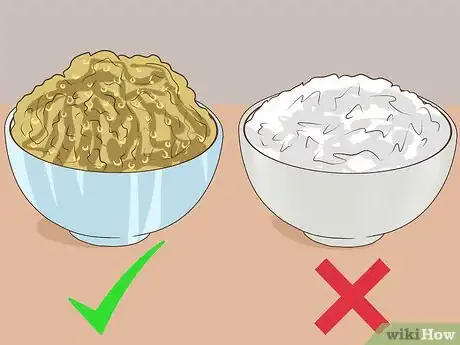
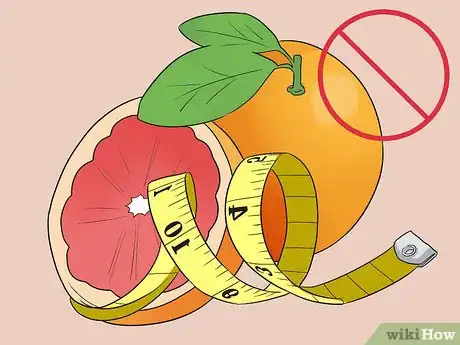

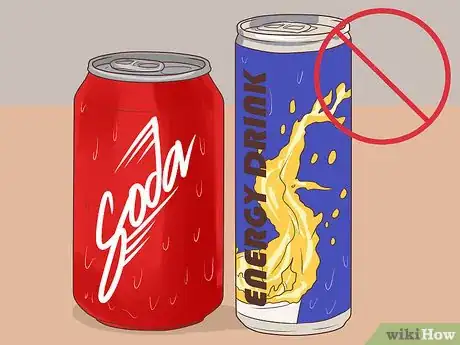
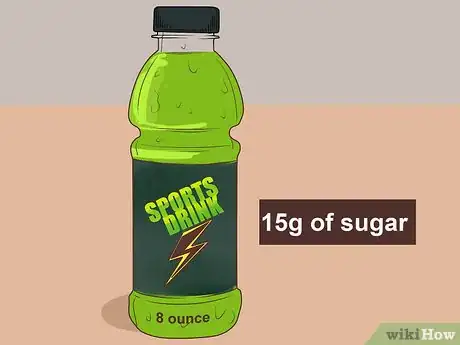
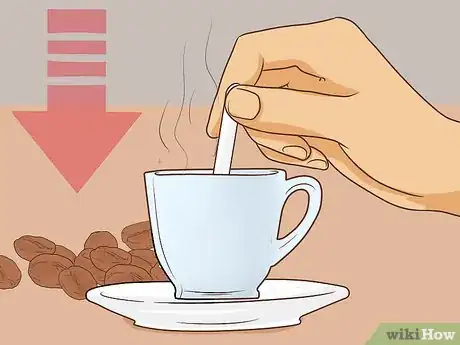




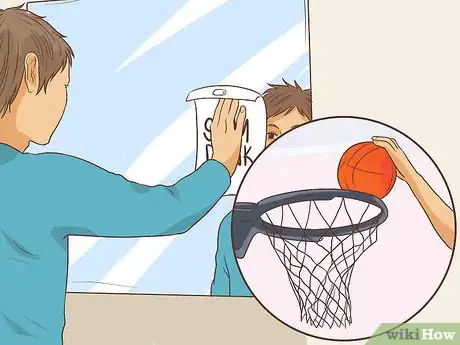
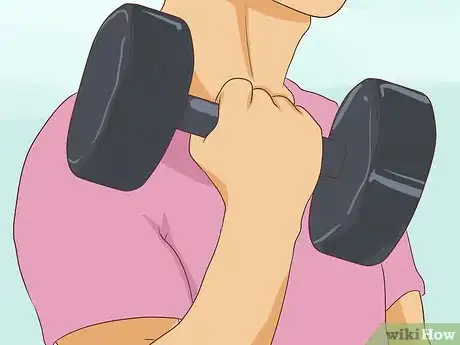


-Step-18.webp)


-Step-30-Version-3.webp)



-Step-21.webp)
-Step-26.webp)













-Step-18.webp)




































